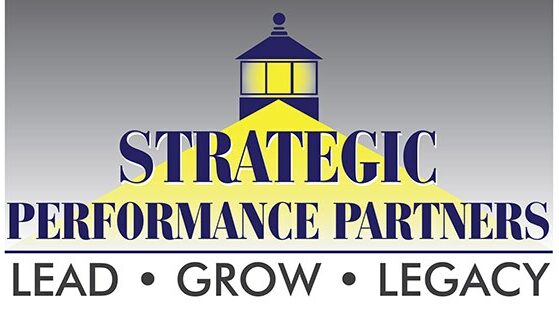
What’s the one hallmark skill of most breakthrough organizations? Why do some organizations continue to expand and grow no matter what the economy is doing? I believe successful organizations are better at helping their clients solve their bigger challenges. I wondered can Appreciative Inquiry help your team build more creative solutions?
Many successful managers are great at solving problems. However, they struggle when put into situations of rapid change and unclear organizational objectives. Today’s uncertainty has challenged the way we look at our problems. When you face global competition, it is critical that you take a more positive approach of defining your outcomes. If you are already doing many things well it is even more important to change the way you create solutions. If you’ve read my blog for any time, you know I believe the best leaders build on their strengths and are constantly expanding and changing the game within their markets. This approach requires a more appreciative way of creating opportunities. I use a process called Appreciative Inquiry when helping my clients consider what the best options are available to them.
Appreciative Inquiry is a four step process that turns problem solving into something that can help you create an edge in your markets. I share the basic process today and then next week I fill in the details.
The first step of Appreciative Inquiry is Discovery. In this first step, we define what is working well within the organization. By identifying our best processes and ideas we are ready to start our discussion from a more powerful place. When you first acknowledge an organization’s strengths, it allows your team to start in a new direction more confidently. You cannot solve a problem at the level it was created. This first step engages your team members in a meaningful discussion.
The second step of Appreciative Inquiry is Dream. A successful serving leader must help their team envision the possibilities for a solution. You must learn to facilitate discussion that unleashes the possibilities with your team. During this phase, stretch your peoples’ vision of what’s possible. You must allow your people to consider many different ideas that at first might be too far of a stretch, but upon closer observation, it becomes more real to them. As them to expand their thinking beyond what’s possible today, they dream about what a great solution looks like in the future.
The third step of Appreciative Inquiry is Design. As you start evaluating the many possibilities, choose the ones that are workable today. Choose and prioritize the processes that might work well. This means that you need to empower people to see the possibilities and then ask them how they reach them. The earlier two steps ensure people are in a positive place when they start making choices on what would work to create a more powerful solution. It is critical that what you choose stretches, but doesn’t break the people on your team. Since they have been involved from the start they will feel more engaged in creating extraordinary solutions to their challenges.
The fourth step of Appreciative Inquiry is Destiny or Deploy. This is where you create your implementation or execution plan. If we cannot create a plan for implementation, we are just daydreaming. During this stage, we assign and delegate duties and responsibilities to the different team members. Appreciative Inquiry works best when you assign a deadline to when the work needs to be done.
Since you have all your key team members there, you are better equipped to come up with the best solution for the current challenge leaning forward. Depending on the size and importance to the organization, this process can be repeated several times as the organization continues to grow and prosper.
Appreciative Inquiry offers a unique way of taking on your organization’s challenges. It leverages your organization’s current strengths while enhancing future possibilities to grow and prosper. The other quality is it produces a more engaged team. When team members are enlisted in this positive way, they are more likely to create breakthrough results. As a team leader you may find this way of creating solutions more freeing because you don’t have to carry all the responsibility for your project’s success.
Want to know more about Appreciative Inquiry? You can find out more at their free resource site.
Once you begin to facilitate your meetings, you begin to see other leaders emerging from your team and this frees you up to do other high payoff activities. I can hear you thinking, “How do I become a better facilitator, Tripp?” Next week, we give you several different tips and strategies to make you a great facilitator. See you next week!
